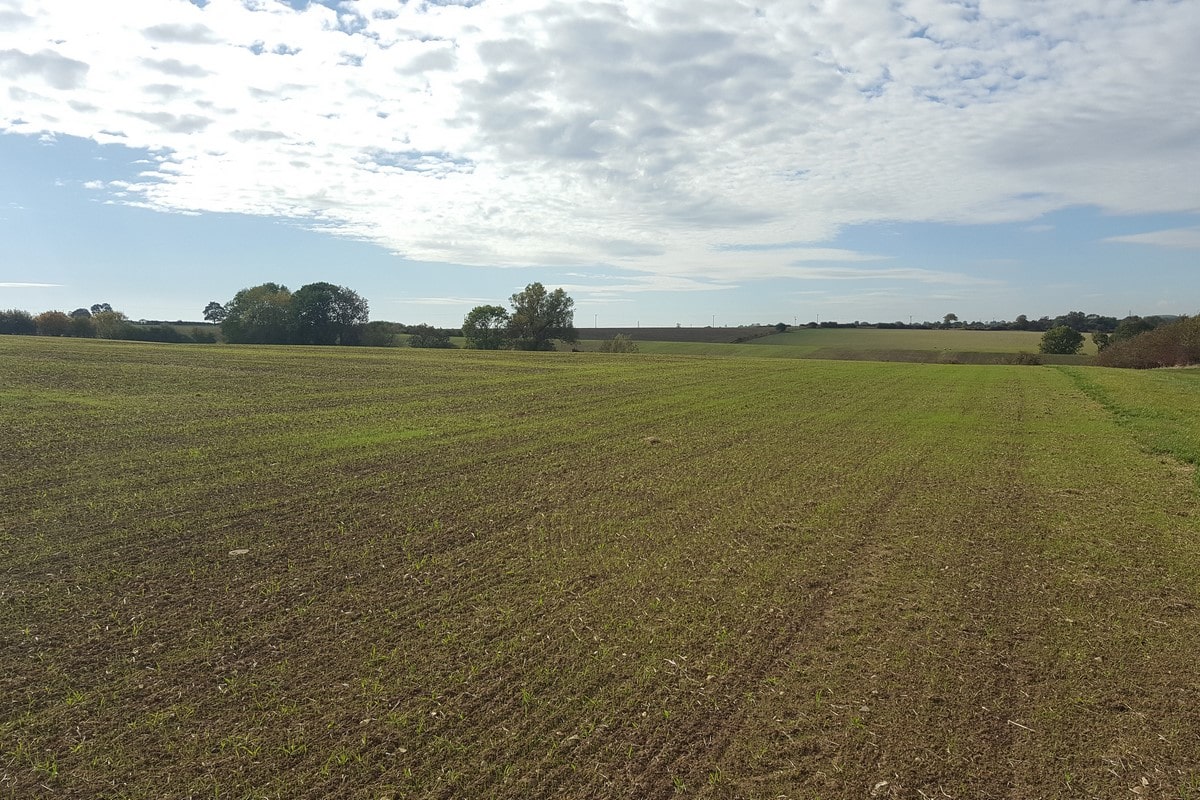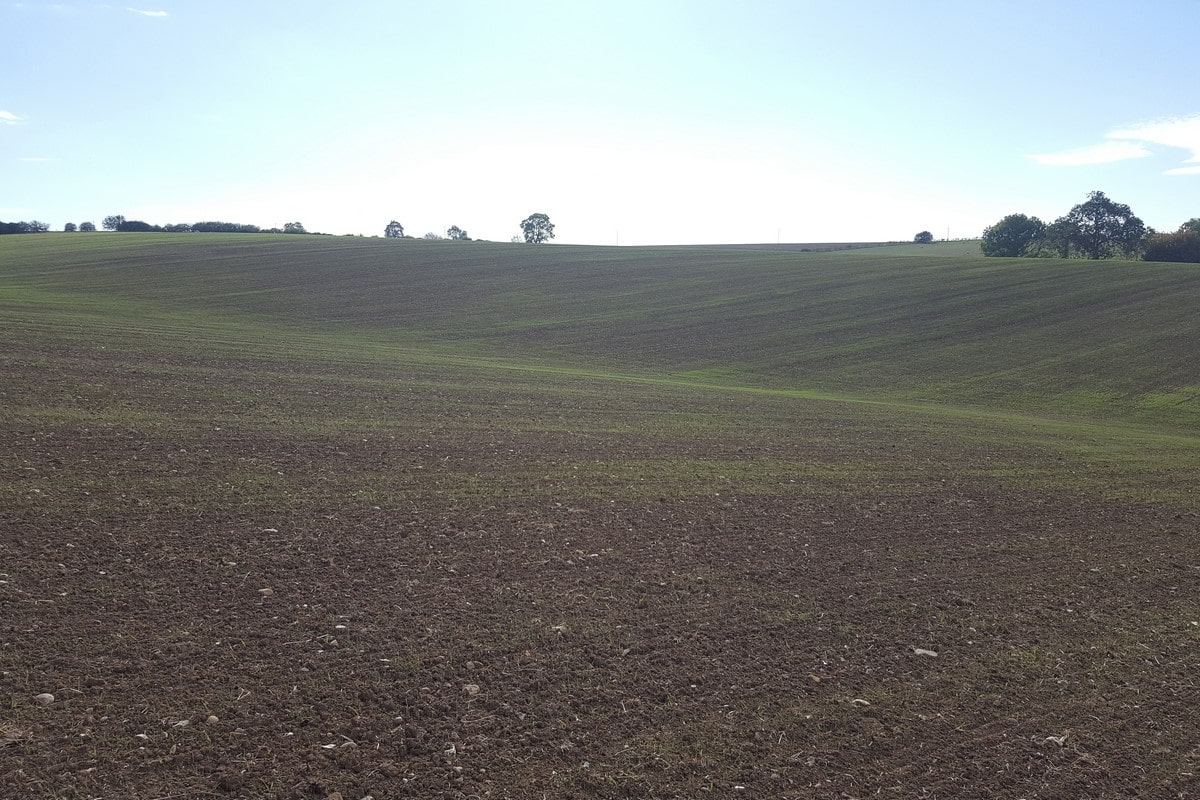Productive grassland is a fundamental asset for ruminant farmers, driving profitability and lowering agricultural emissions. Growing more high-quality forage with the same or fewer inputs reduces a farm’s environmental impact while powering production.
As thoughts begin turning to the requirements of reseeding grassland this autumn, Germinal grass and forage expert William Fleming looks at how to secure climate smart sward performance and achieve productivity goals.
Use grass and forage science in reseeding decisions
Decisions around reseeding pasture are among the most important for a grass and forage-based farming system. The average dry matter (DM) yield/ha in the UK is approximately 8.5 tonnes on dairy units; a little less on beef and sheep. Yet, by using the latest plant genetics, many of these same hectares could achieve yields of 12 to 14 tonnes DM without increased inputs.
Reseeding grassland offers you access to the latest, best-performing genetics and choosing the right grass seed to suit your forage requirements is essential. Every new Germinal grass seed variety is underpinned by years of breeding expertise, to fulfil the needs of increased environmental demands and sustainable food production.

Choose varieties from the Recommended Grass and Clover List (RGCL) for England and Wales, or the separate list for Scotland, all of which are evaluated under local conditions.
With swards expected to last 8 to 10 years, put the best possible plants in the ground. Ask your local seed merchant for Germinal or contact our experts here.
Identify when to reseed grassland
When perennial ryegrass (PRG) dominates a sward, DM yield and crop quality increases and it is more responsive to applied nitrogen. But if the proportion of weed grasses is allowed to increase, performance drops along with the efficacy of any nitrogen applied, having a financial and environmental impact.
Poorly performing swards can be identified by measuring grass growth on a weekly basis, although a simple record of grazings in each field or the amount of silage coming off also give you a useful feel for performance. Take a close look at any field performing below average and before reseeding, work out why and decide how to rectify it.
Assess soil health before reseeding
Soils are the engine of our forage production. Look at the chemical, biological and physical make-up to assess the health of your soil before reseeding.
The chemical (or nutrient) components of your soil can be assessed through a soil test. For greater accuracy, avoid testing within three months of the last fertiliser application, whether artificial or FYM/slurry.
Low soil pH levels can see losses of up to 1.5 tonnes DM/ha because the correct pH releases more nitrogen from the soil and makes P&K more available. It also increases the efficiency of nitrogen applied to the crop.
Digging a soil pit gives you insight into the biological and physical aspects. Earthworm activity is a simple, effective measure of biological health while compaction is a clear indicator of impaired soil structure.
Animal and machinery travel may have caused more problems this year after the wet spring. Also, look at your silage cutting height; if it’s too low, it won’t be leaving behind enough green leaf matter for the plant to recover quickly.
These are all simple measures to check at the start of your autumn reseeding plans. This guide can provide more information on reseeding grassland.

Secure the financial and environmental rewards of reseeding grassland
In less than two years, reseeding gives a quicker level of payback than most farm investments but investigating any underlying causes of poor performance and making the right decisions on seed varieties are critical to its success.
Germinal continues to reach new levels of forage innovation with its on-going commitment to bring climate smart seed varieties to farmers and support the production of more high-quality homegrown forage.
Thinking ahead and being ready to reseed the right leys with the best seed varieties in healthy soils this autumn is the best way to secure the financial and environmental rewards of your investment.
Trust the grass and forage experts
